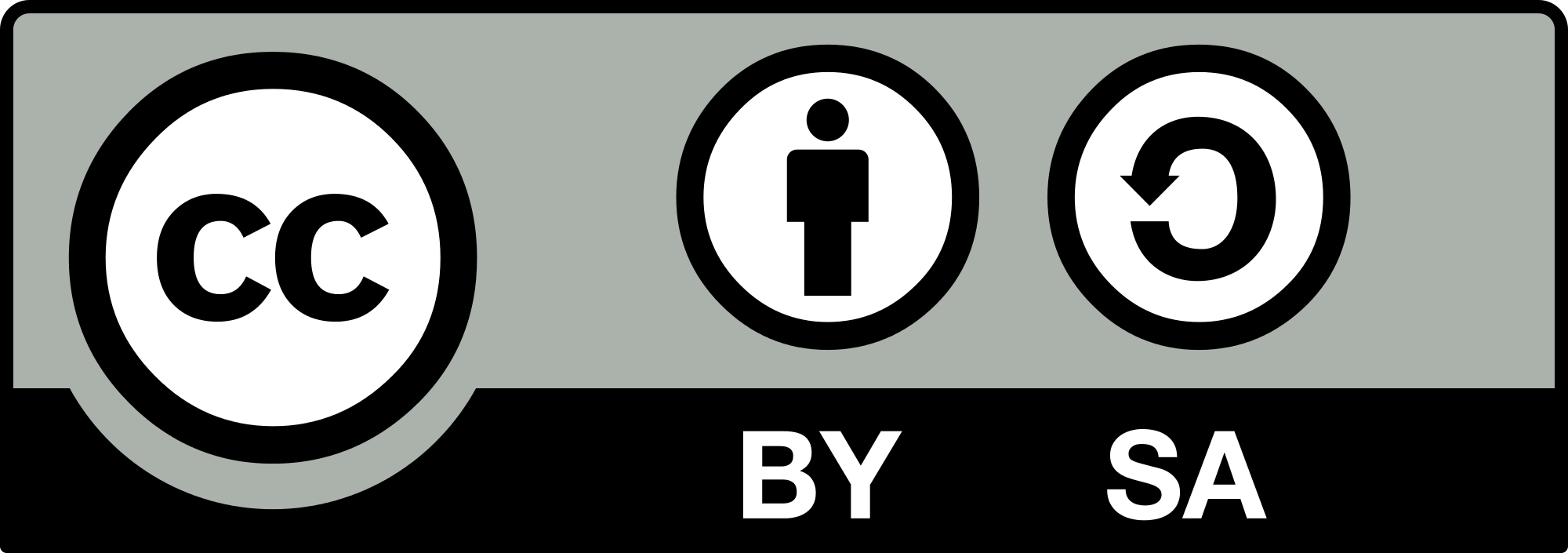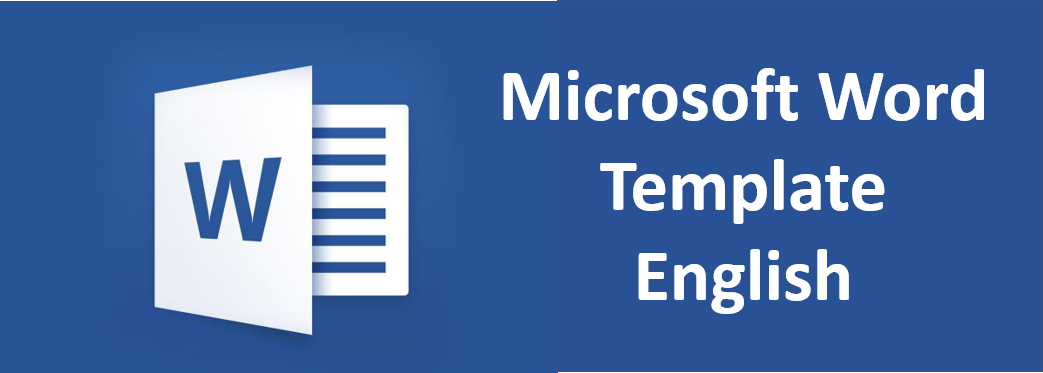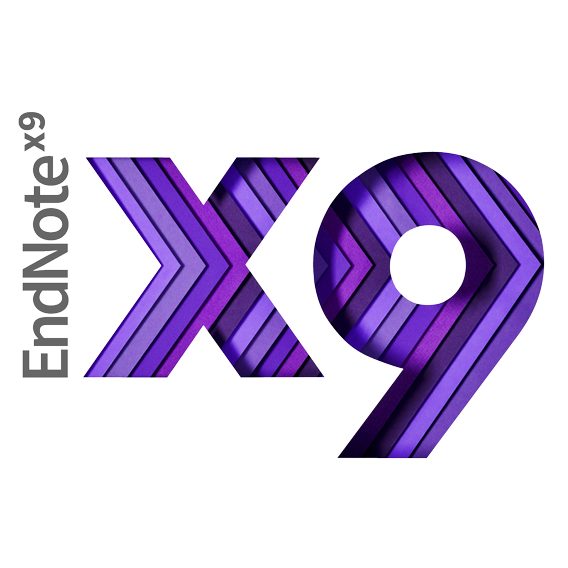PERFORMANCE OF MASONRY WALL JOINT CORNER WITH PERFORATED PLATE IN NON-ENGINEERING BUILDING
Abstract
Keywords
Full Text:
PDFReferences
A. S. Arya, “Non-engineered construction in developing countries-an approach toward earthquake risk prediction,” Bulleting of the New Zealand Society for Earthquake Engineering, vol. 33, no. 3, pp. 187-208, 2000.
M. T. A. Chaudhary, "Seismic Vulnerability Mitigation of Non-Engineered Buildings," International Journal of Civil, Architectural Science and Engineering, vol. 8, no. 4, pp. 37-41, 2014.
D. Dizhur, J. Ingham, M. Griffith, D. Biggs and A. Schultz, "Performance of Unreinforced Masonry and Infilled RF Buildings during the 2015 Gorkha, Nepal Earthquake Sequence," in Brick and Block Masonry - Trends, Innovations and Challenges, London, 2016.
V. I. Novelli, R. D. Risi, I. Ngoma, I. Kafodya, P. Kloukinas dan J. M. K. Goda, “Fragility curves for non-engineered masonry buildigs in developing countries derived from real data based on structural surveys and laboratory tests,” Soft Computing, pp. 6112-6138, 2021.
L. Albanesi and P. Morandi, "Lateral Resistance of Brick Masonry Walls: A Rational Application of Different Strenth Criteria Based on In-Plane Test Results," International Journal of Architectural Heritage, pp. 1-37, 2021.
N. Sathiparan, "Mesh Type Seismic Retrofitting for Masonry Structures: Critical Issues and Possible Strategies," European Journal of Environmental and Civil Engineering, 2015.
J. Bothara and S. Brzev, A Tutorial: Improving the Seismic Performance of Stone Masonry Buildings, Oakland, CA: Earthquake Engineering Research Institute, 2011.
A. S. Arya, T. Boen dan Y. Ishiyama, Guidelines for Earthquake Resistant Non-Engineered Construction, Paris: UNESCO, 2014.
O. Iuorio and J. A. Dauda, "Retrofitting Masonry Walls against Out-Of-Plane Loading with Timber Based Panels," Applied Sciences, 2021.
M. Taghdi, M. Bruneau and M. Saatcioglu, "Seismic Retrofitting of Low-Rise Masonry and Concrete Walls Using Steel Strips," Journal of Structural Engineering, pp. 1017-1025, 2000.
S. Chuang, Y. Zhuge and P. C. McBean, "Seismic Retrofitting of Unreinforced Masonry Walls by Cable System," in 13th Worlf Conference on Earthquake Engineering, Vancouver, 2004.
SNI 03-6825-2002, Metode Pengujian Kekuatan Tekan Mortar Semen Portland untuk Pekerjaan Sipil, Jakarta: Badan Standarisasi Nasional (BSN), 2002.
ASTM C348-08, Standard Test Method for Flexural Strength of Hydraulic Cement Mortars, ASTM International, 2008.
SNI 8389-2017, Cara uji tarik logam, Jakarta: Badan Strandarisasi Nasional (BSN), 2017.
DOI: http://dx.doi.org/10.12962%2Fj20861206.v38i2.17451
Refbacks
- There are currently no refbacks.

Journal of Civil Engineering is licensed under a Creative Commons Attribution-ShareAlike 4.0 International License.







.jpg)